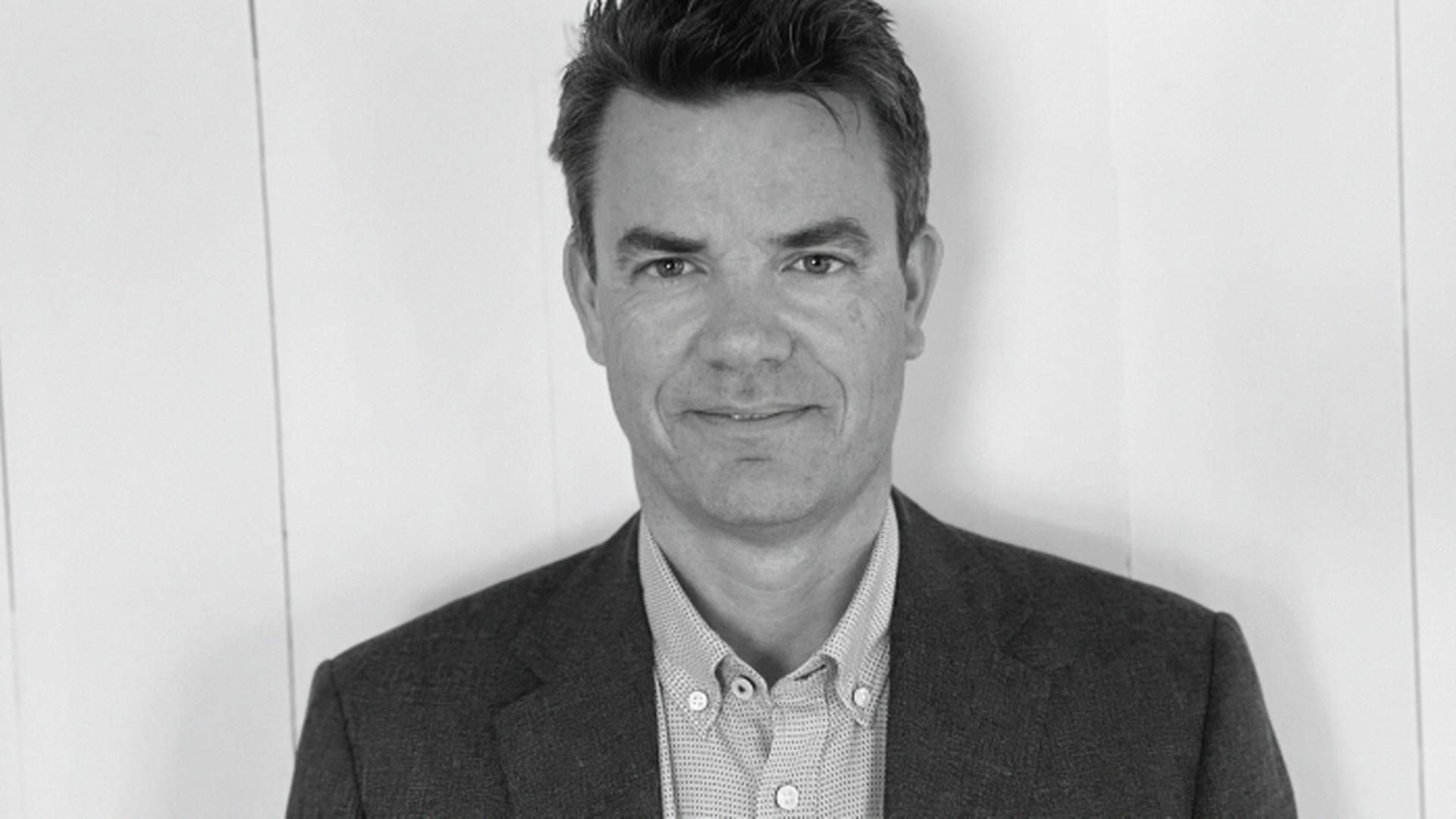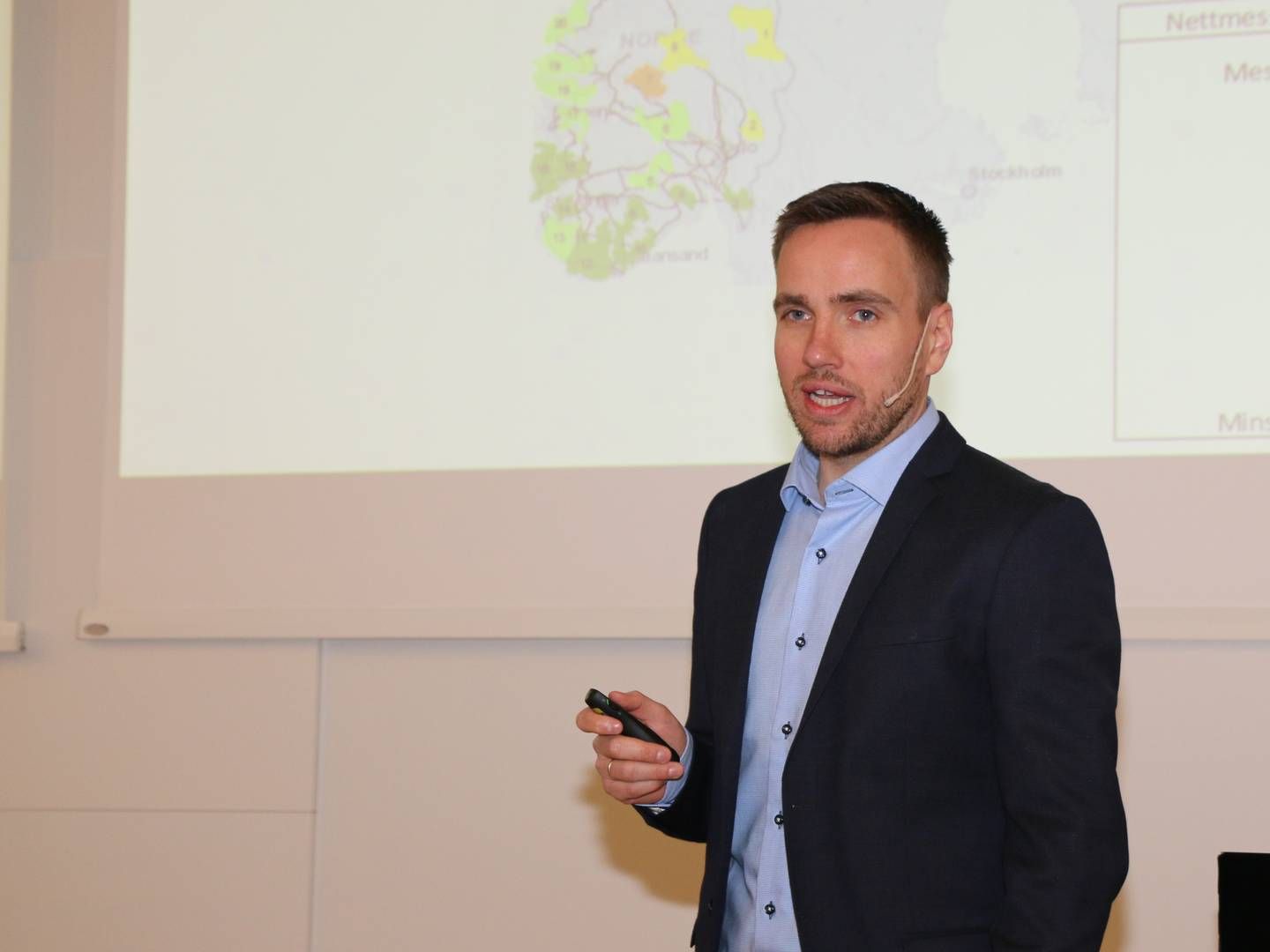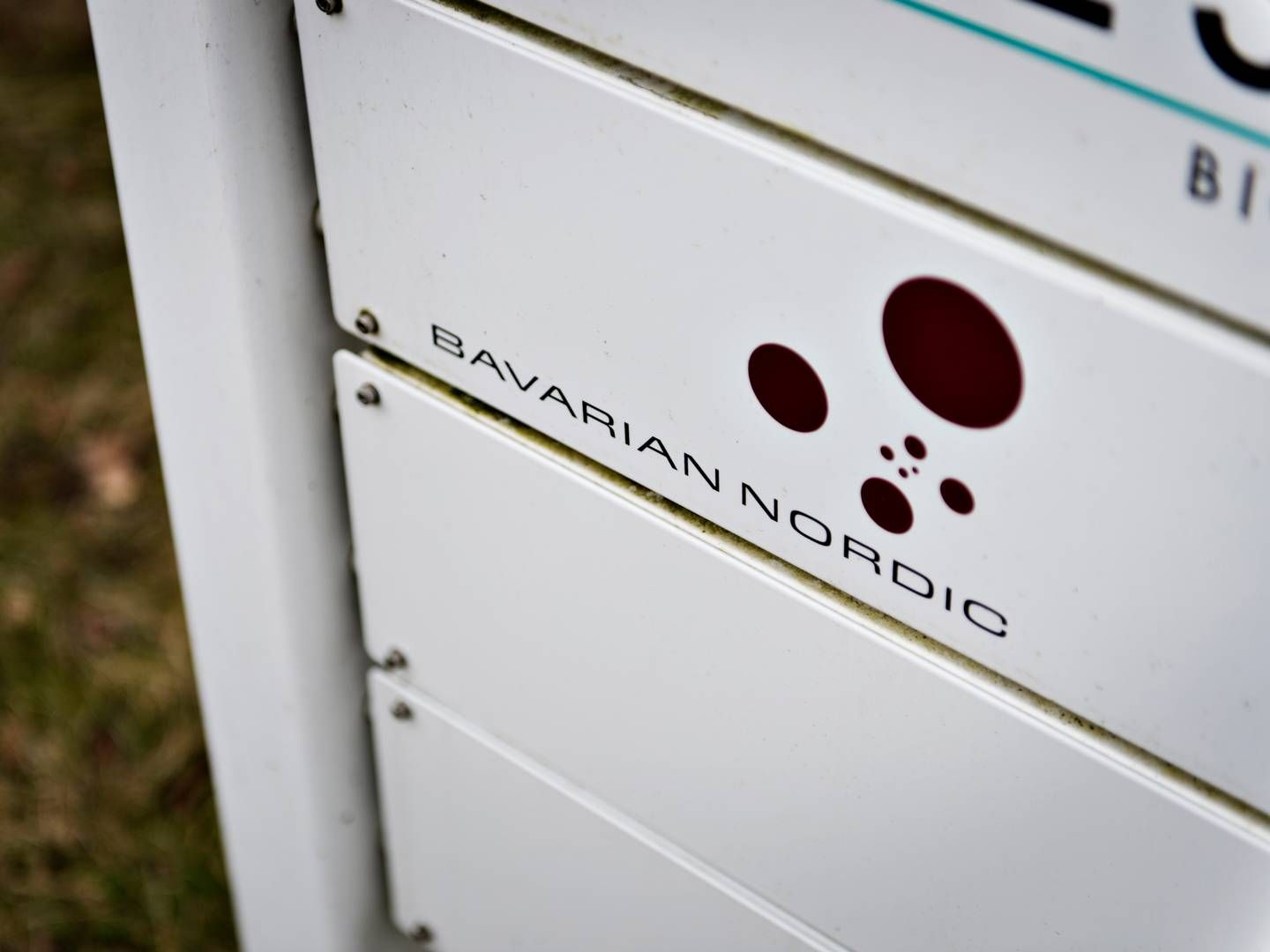Odfjell Oceanwind aims for 500MW floating offshore wind by 2026

Odfjell Oceanwind is a Norwegian supplier of floating offshore wind offering temporary solutions which can be set up as soon as 2024.
”Our intention is to deliver 500MW before 2026,” says CEO of Odfjell Oceanwind Per Lund to EnergyWatch.
Such installations would thus be in place several years before other Norwegian wind farms at sea. Norwegian authorities are staging 4.5GW at Utsira Nord and Sørlige Nordsjø II, but there is some uncertainty as to whether it’s possible to get the turbines up and running before 2030.
There are no such concerns for Odfjell Oceanwind. Their solution doesn’t need to take in account stretched out permission processing to build out or attached the wind turbines to the onshore grid. Their turbines attach directly to oil platforms by way of an exemption in Norway’s Offshore Energy Act.
”In practice, this means that the Ministry of Petroleum and Energy can sanction this type of projects under the oil and gas regime, as was the case with Equinor’s Hywind Tampen project,” says Lund.
The solution is still subject to impact analyses, but there is talk of considerably shorter processes than for permanent offshore wind farms. The company also cuts down on time by delivering a standardized product fit for any destination on the Norwegian shelf without a need for adjustments as well as through close industrial partnerships.
”We have opted to set up close ties to the supplier chain. This enables us to cut a year in the project development phase together with the turbine supplier. It’s solely the market that decides the pace of things. In our view, we will have sufficient delivery capacity,” says Lund.
Oil industry set to electrify offshore wind installations
Odfjell Oceanwind offers floating platforms with a 11MW wind turbine which can be hooked up to existing oil and gas platforms to slash up to 60-70 percent of CO2 emissions from gas turbines. The company estimates that each of these floating platforms can cut down between 40,000 and 60,000 tonnes of CO2 per annum.
This is vital for the Norwegian oil industry, having pledged to cut emissions by 50 percent ahead of 2030. This requires electrification solutions, which are able to commission fast. At the same time, the situation also poses a significant business opportunity, for which Oddfjell Oceanwind finds itself perfectly positioned.
In Norway, the oil and gas sector must both buy climate quotas and pay Norwegian carbon tax, this year amounting NOK 766 per tonne. Altogether, the cost of climate quotas and CO2 taxes comes to nearly NOK 1,600 at today’s prices. This expense will increase to NOK 2,000 per tonne by 2030. On top of this, it would be possible to free up natural gas to be exported to Europe at very attractive prices.
”It’s Norway that’s the first here because it’s the most mature and because energy is the most expensive in Norway due to high CO2 prices and high gas prices,” says Lund.
England also plans to electrify shelf
Deliveries aren’t just limited to Norway. England is also fiercely eager to electrify the oil business.
”There are just as high ambitions on the British side when it comes to decarbonization with equally tough requirements. In Norway, we have levies to encourage the industry to find solutions. In the UK, the authorities have already stopped issuing permits because they aren’t green enough,” says Lund.
Many may have reckoned that electrification of fossil energy production has been an especially Norwegian phenomenon, but it turns out that there is interest outside Norway’s borders, creating business opportunities for Norwegian suppliers. At the same time, Lund make it clear that Norway remains the leader in terms of this type of electrification.
Only betting on floating wind
Asked whether Odfjell Oceanwind also sees potential for supplying solution to the parts of the North Sea belonging to Denmark and the Netherlands, Lund is skeptical.
”It’s not so interesting to us, because we’re solely talking floating, which requires a depth of 60 meters,” says Lund.
On the Danish side, waters don’t go this deep.
Odfjell Oceanwind doesn’t see much potential in other energy-intensive industries at sea, at least not in the short run. The company has noticed fish farms and other mariculture, but as of now, they simply don’t have enough power consumption for it to be relevant.
”It potentially could, but it is contingent on a certain power consumption. We’re talking 11MW per unit,” says Lund.
Practically all of Norway’s electricity production comes from energy sources like hydropower and wind power. The exception is the Arctic island of Svalbard at 78 degrees latitude, still using coal power while developing renewable alternatives. Lund finds that the floating offshore wind farm could be a solid temporary alternative up there.
”It could. It’s still a challenge with ice formation up north, but there are things we’re looking at for the Barents Sea. Our concept with WindGrid, which comes with integrated batteries, has been developed for an effective interaction between wind power and conventional electricity production,” says Lund.
He describes it as an island mode where the platform would be suited for cutting diesel and gas consumption for energy production.
Long-term bet on permanent offshore wind farms
Odfjell Oceanwind’s prime focus is on floating offshore wind, which is where the company sees big investments in the future, having always focused on permanent marine wind farms. The CEO is unconcerned about what will happen when the temporary business opportunity for electrifying the oil sector fades down the road.
”I don’t dare to predict how long we’ll end up producing oil and gas in Norway. We’re using the business opportunity now and as long as it’s hear. It gets us going. Our long-term plan is to become an important player in permanent floating offshore wind farms. Our product is made to become a permanent wind farm,” says Lund.
There will likely be many more of these in the years to come. Europe will try to wean off Russian gas and speed up investments in renewables to succeed in doing so. Which is where wind at sea will play a crucial role. Lund doesn’t rule out that it could create exciting opportunities in the Mediterranean, for instance, but he points out that the company has a sharper competitive edge in bodies of water more exposed to the elements.
”There is a lot of interest from Italy, Portugal and other areas of some depth. We’re looking into that as well, but our strength is rough weather. We must design our units to fairly extreme waves in the North Sea, and our standard product is likely overdimensioned for the Mediterranean,” says Lund.
He adds that nothing stands in the way of designing a simpler version of the platform if new opportunities arise.
Leveraging experience from the oil industry
The most important element for Odfjell is that the company is bringing along experience and knowledge from the oil industry. Not that the approaches necessarily are identical.
”Even though we deliver to oil and gas, we’re not dragged into the cost regime for oil and gas,” says Lund.
Lund further clarifies that the company although the company is behind a new product in a new company, Odfjell Oceanwind is an established player with much experience and strong relations to customers, suppliers and authorities. Not least, because the company builds on the Odfjell group’s established subsidiaries.
”We’re leveraging all the knowledge we bring along from our relations with customers, the Norwegian Petroleum Directorate, and the supplier chain,” says Lund.
He remarks that the plan is to set up a production line in Norway for industrialized mass production of the floating wind turbines and that the floating offshore wind platform could then be sent to the North Sea, the Norwegian Sea and the Barents Sea.
Nordic electric grid constrains large offshore wind farms
Norway sticks to offshore wind timetable despite license queue
Statkraft confident in greater potential for Norwegian offshore wind in North Sea























.jpg&w=384&q=75)

